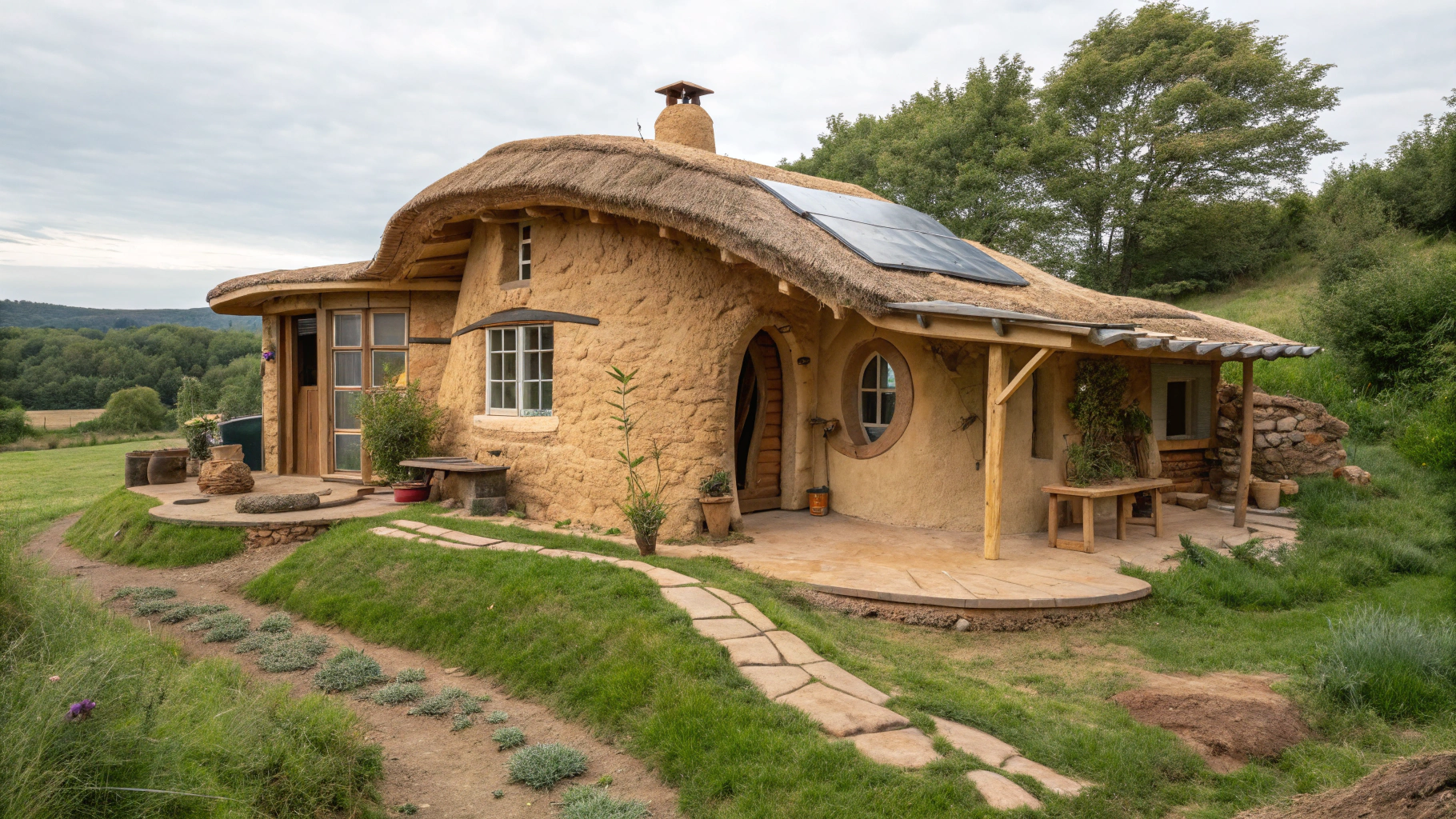Living off the grid is more than just a lifestyle choice; it’s a journey toward self-reliance, sustainability, and a deeper connection with nature. If you've ever dreamed of disconnecting from the conventional power grid, building your own home, and cultivating a permaculture lifestyle, here's a roadmap based on real-world experiences.
Designing and Building an Off-Grid Home
The idea of building a home from the ground up can be daunting, but it’s entirely possible with the right approach. Start by considering alternative building materials like cob, which is a mixture of clay, sand, and straw. This natural material is affordable, accessible, and perfect for those wanting to create a sustainable living space.
When planning your build, think about integrating renewable energy sources like solar panels. Even a small solar setup can cover basic household needs. And don’t forget to factor in a water source—whether it’s a hand-dug well or rain barrels for gravity-fed water systems.

Embracing Permaculture for Food Production
Permaculture isn’t just about gardening; it’s about creating a self-sustaining ecosystem. Start small by planting a food forest, which mimics the natural layering of plants in a forest. This approach not only maximizes space but also creates a resilient, low-maintenance system that can produce food for most of the year.
Incorporate animals like chickens, ducks, and perhaps a small dairy herd to diversify your food sources. Animals can help manage pests, fertilize the soil, and contribute to a closed-loop system where waste is recycled back into the environment.
Simplifying Life for Financial Freedom
One of the biggest advantages of living off the grid is the potential for financial freedom. By minimizing costs and producing as much as you can on your property, you can avoid the burden of a mortgage and reduce your dependence on external markets. Consider alternative transportation options, like relying on local taxis or using horses for travel, to cut down on vehicle costs.
Integrating Homeschooling into Daily Life
For those with children, homeschooling in an off-grid setting can be incredibly rewarding. Use your lifestyle as a learning tool—teach your kids to build with natural materials, grow their own food, and understand the importance of sustainability. This hands-on approach not only educates but also instills a sense of responsibility and a connection to the earth.
A Pathway to Resilience and Community Support
Off-grid living offers more than just an escape from the grid; it's a lifestyle that fosters resilience, independence, and a profound connection with nature. Take, for example, the thriving community of Earthships in New Mexico, where residents live in self-sustaining homes built from natural and recycled materials. These homes harness solar energy, collect rainwater, and even produce their own food. Another inspiring example is the Tinker family in the Pacific Northwest, who successfully transitioned to an off-grid lifestyle, relying on solar power, a robust garden, and a nearby creek for their needs.
Their journey highlights the importance of preparation, adaptability, and, most importantly, community. Both communities and individual families who embrace off-grid living often find that they are not alone; they are supported by a network of like-minded individuals who share resources, knowledge, and encouragement. This sense of community is invaluable, offering both practical support and a deep sense of belonging for those embarking on this challenging yet rewarding journey.
Adapting to Challenges
Living off-grid isn’t without its challenges. Whether it’s maintaining a wind turbine, managing food production in a wetland area, or adjusting to life without a car, flexibility and problem-solving are key. Embrace these challenges as part of the journey, knowing that each one brings you closer to a more sustainable and self-reliant lifestyle.
Building an off-grid home and embracing a permaculture lifestyle are not just about surviving; they’re about thriving in harmony with nature. By making thoughtful choices, from your building materials to your food production systems, you can create a resilient, sustainable, and fulfilling life. Remember, every small step towards sustainability counts, and with dedication and creativity, you can achieve a lifestyle that’s both eco-friendly and liberating.
For inspiration, you can watch some of the successful stories via the links below:
Life in the Woods, Log Cabin Family in the Pacific Northwest (youtube.com)
12 YEARS Living Off-Grid on a Sustainable Homestead in a Self-Built Cob Home (youtube.com)
#SustainableLiving #OffGridLife #Permaculture #DIYHomeBuilding #RenewableEnergy #SelfReliance #Homeschooling
Living Off-Grid on a Sustainable Homestead